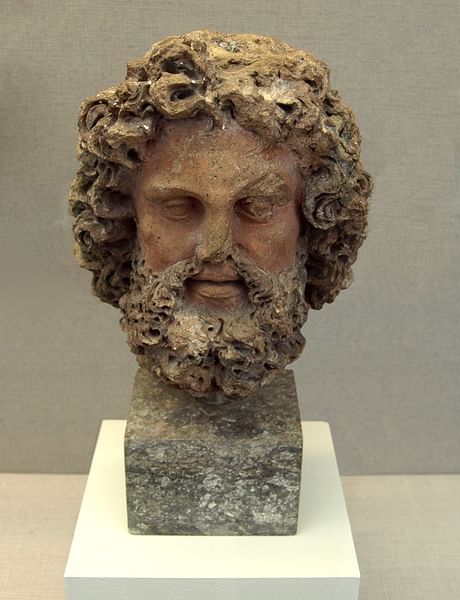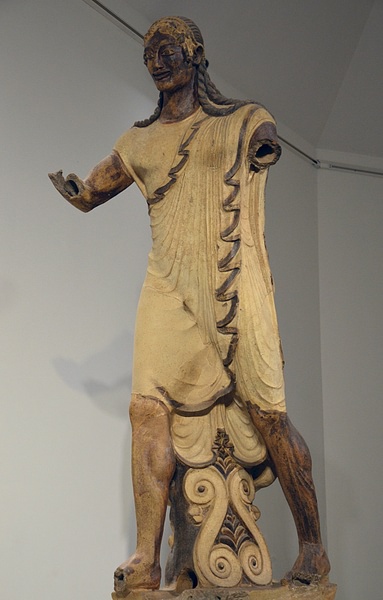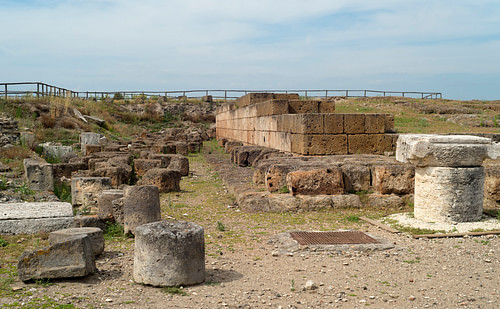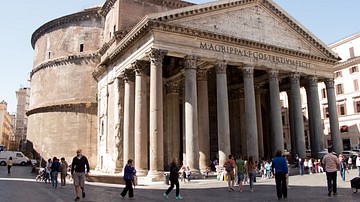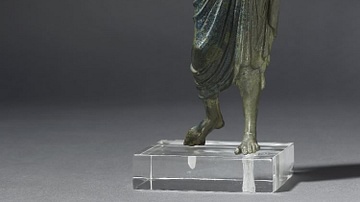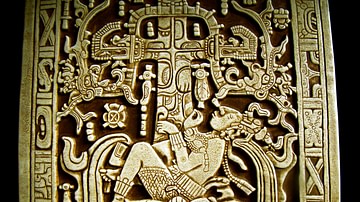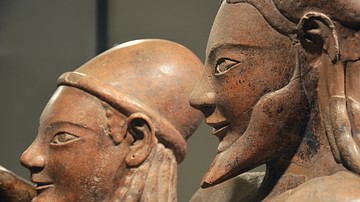The religion of the Etruscans included a myriad of gods, goddesses, and minor divine beings, some of which were indigenous and some were imported, especially from Greece, and then given their own particular Etruscan attributes and myths. Temples and sanctuaries were dedicated to them, and these figures frequently appeared in Etruscan art in the form of pottery decoration, tomb wall paintings, sculpture, and engravings on such everyday objects as bronze mirrors. As no complete texts written by the Etruscans survive and only short inscriptions are available to us, then the information regarding each deity can be very limited, sometimes only to a name on a single votive offering. Below is a summary in alphabetical order of the most important figures in the Etruscan religion about which we have the most information. Alternative names and spellings are indicated in brackets.
Aita
Was the god of the Underworld in mythology but not the subject of a cult (see Calu). His consort was Persipnei, and the pair appears on tomb wall paintings, Aita wearing a wolf's cap and Phersipnei with snakes in her hair. Turms acted as his messenger.
Alpan
A winged spirit symbolic of harmony. Perhaps a Lasa, she was the servant of Turan.
Aplu (Apulu)
A foreign import associated with the Delphic oracle and, therefore, Apollo. He is often associated with Suri. He was thought to live on Mt. Soracte near Veii and had a sanctuary dedicated to him at Gravisca, the port of Tarquinia. He is depicted in art with a wolf's cap or, as with the Greek Apollo, a bow and lyre. A life-size terracotta figure of him survives from the Portonaccio Temple at Veii. He is the brother of Aritimi and Fufluns.
Aritimi (Artumes)
The huntress goddess based on the Greek Artemis but probably much older. Regarded as a mistress of animals, she was most associated with wolves and thought to protect human assemblies. She is the sister of Aplu.
Athrpa
The goddess of fate. She sometimes has wings and drives a nail into a wall, symbolic of the irreversibility of fate.
Atunis (Atune)
The handsome youth beloved by Turan, the goddess of love. Equated with Adonis and especially worshipped at Gravisca, Tarquinia's harbour. He had a summer festival held in his honour and was an especially popular subject on engraved bronze mirrors.
Calu
The god of the Underworld who does not appear in art. In his place, Aita is depicted.
Catha (Cavtha)
Possibly the daughter of the Sun and referred to in inscriptions only as 'daughter.' A cult at Pyrgi, the port of Cerveteri, worshipped her along with Suri. She has an underworld aspect and a connection with family cults.
Cel
The Earth goddess often referred to in inscriptions as 'Mother Earth' (Cel Ati). She had a son, Celsclan, a Giant.
Charu (Charun)
A demon of death similar to Charon, the ferryman of the Greek Underworld, but portrayed instead carrying a hammer and guarding the Underworld's gates. He is a fearful figure and sometimes has pointed animal ears, an eagle's beak, green skin, wings, and holds snakes.
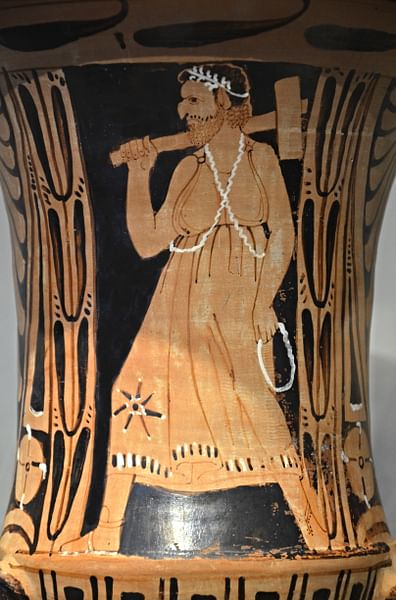
Culsans
A double-faced god of gates (culsu in Etruscan) usually portrayed as a youth.
Culsu
A female demon who was guardian to the gate of the Underworld. Depicted wearing boots and carrying a torch and perhaps a key.
Dii Consentes
12 advisors to the gods, or specifically to Tin, they had a reputation for being without pity.
Fufluns
The Etruscan name for Dionysos, god of wine, and like his Greek counterpart, he is often accompanied by satyrs and maenads. His mystery cult promised rebirth. He is the brother of Aplu and was sometimes referred to as Pacha. He is associated with ivy.
Hercle
The Etruscan name for the Greek hero Hercules, but he appears more like the Phoenician Melqart in art and was always considered a god (and not a man who became immortal). Sanctuaries were dedicated to him and his associated oracles across Etruria.
Laran
The Etruscan god of war whose consort is Turan, the goddess of love. He is depicted with or without a beard, usually wearing a cuirass and helmet, and carrying a lance.
Lares
Guardian of crossroads and travellers.
Lasa
One or more handmaidens of Turan, the goddess of love. Considered to have a role in fate, they are sometimes depicted in art with wings and carrying a scroll.
Menerva (Menrva)
An important goddess but of uncertain name as Menerva derives from the Latin Minerva. Important temples dedicated to her include the Portonaccio Temple at Veii and the Pratica di Mare at Lavinium. Like the Greek Athena, she had a martial aspect and carried a spear but was also linked to education, especially of children. She had a major festival held in her honour each March.
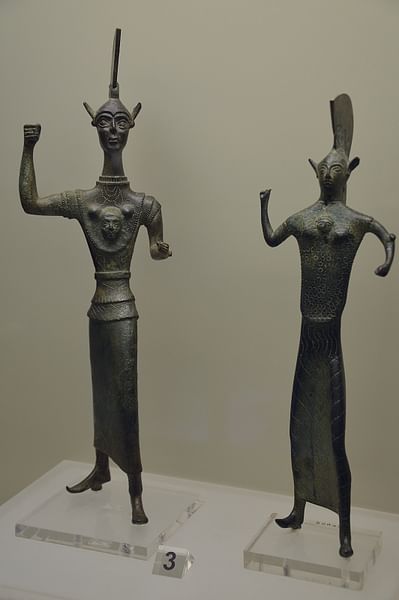
Nethuns
The god of the sea who, like the Greek Poseidon, is portrayed with a beard and trident.
Nortia
A goddess linked with Menerva and possibly fate. She had a temple dedicated to her at Volsinii (Orvieto). A ritual at her temples was to annually hammer a nail into the building to fix the fates for that year. Later, the custom was used to see off plagues and disasters.
Novensiles
Nine gods of lightning whose strikes were thought to indicate future events depending on their location.
Selvans (Silvanus)
A god of forests, pastures, and boundaries, frequently mentioned in inscriptions on votive offerings. He was thought to have powers in the Underworld. The single known depiction of him has him as a youth in boots and wearing a hat made of a boar's head.
Sethlans
The god of fire and metal, equivalent to Hephaistos/Vulcan.
Tages
The grandson of Tin, who miraculously appeared as a wise infant in a field one day near Tarquinia when it was being ploughed. He revealed to humanity the secrets of religious rites and set territorial boundaries. This information formed a large part of the Etrusca Disciplina texts, which priests studied and consulted.
Thanr (Thanur)
A birth goddess and protector of children who was especially popular at Chiusi and Cerveteri.
Thesan
The goddess of Dawn who frequently received votive offerings at temple sites, especially at Pyrgi, the port of Cerveteri.
Tinas Clenar
Castur and Pultuce, the twin sons of the god Tin, equivalent to the Dioscuri or Castor & Pollux. In the Tomba del Letto Funebre at Tarquinia, they are depicted wearing pointed hats wreathed in laurel.
Tin (Tinia/Tina)
The highest god in the Etruscan pantheon. Like his Greek/Roman equivalent Zeus/Jupiter, he carries a thunderbolt. His consort was Uni. His role in human affairs was limited, and he concerned himself more with keeping peace amongst the gods. One area he was concerned with was the protection of boundaries, and in some temple sites, he has an underworld connection. He is depicted either as bearded or a beardless youth.
Tivr (Tiur)
Goddess of the Moon.
Turan
The goddess of love, peace, and harmony, after whom the Etruscan equivalent of the month of July was named (Traneus) when her major festivals were held. Depicted sometimes with wings and in the company of Atunis, her son was Turnu (Eros), and her servants are Lasa.
Turms
The herald of the gods and equivalent to Hermes/Mercury. He acted as an intermediary between the upper world and the Underworld, between humans and the gods, and between the gods themselves. He seems not to have been the subject of any cult and appears only as a figure in mythology.
Turnu
The winged youth who is the son of Turan and equivalent to the Greek Eros.
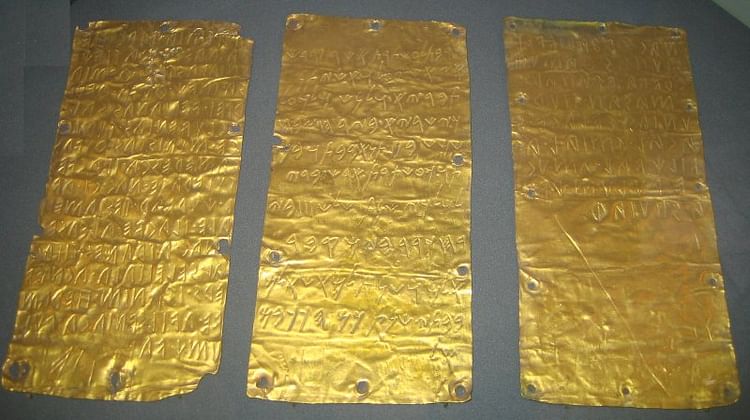
Uni
The consort of Tin and equivalent of Hera with also a connection with Astarte as indicated by the gold inscription plaques found at Pyrgi which are written in both Etruscan and Phoenician script. There is a martial element to her character, and she, like Hera, is the enemy of Hercle/Hercules. Votive inscriptions often pair her with Aplu.
Usil
The Etruscan Sun god. He was a popular figure in art, appearing on mirrors and terracotta roof decorations, typically with a halo of sunbeams.
Vanth
A female demon associated with death and the Underworld. She sometimes has wings and holds snakes or, as a guide in the Underworld, she carries a torch.
Veltha (Veltune/Voltumna)
Of uncertain sex but associated with vegetation and sometimes war. Perhaps even the national Etruscan god.
